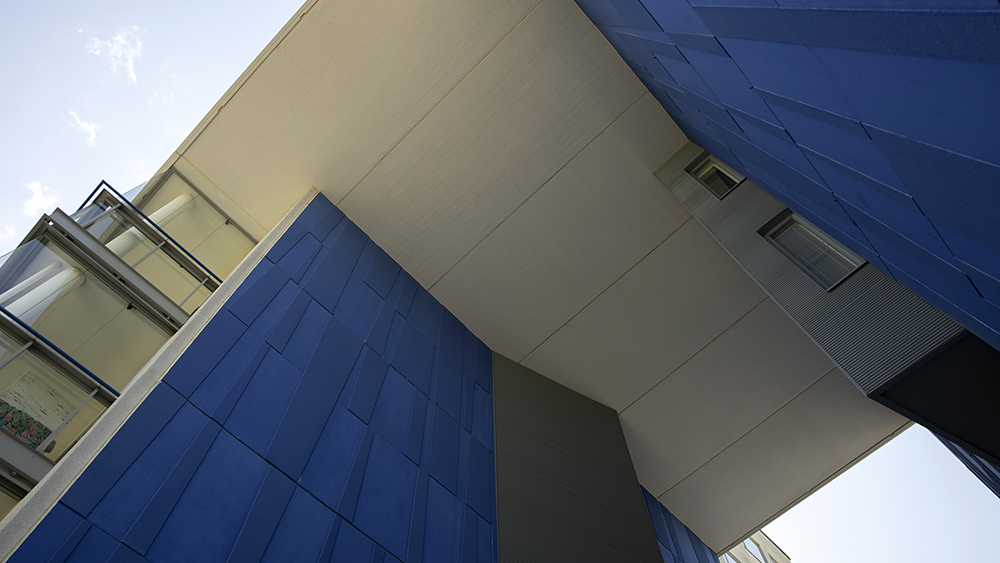RAKSU construction trends group:
Construction to decline substantially from an internationally high level

Construction is set to decline next year by three to five per cent according to an estimate published by the RAKSU construction trends group in its report of 30 August.
Construction has developed well despite Russia’s war of aggression, with more housing starts in the first half of the year than in the same period during the previous year. Despite this, the outlook and mood of construction have darkened starting in the spring, and expectations for the rest of the year are dim. The RAKSU construction trends group forecasts that the volume of construction will increase overall by two to four per cent this year and decrease by three to five per cent next year. The group emphasises that there is no collapse of construction in sight, and the decline will be from levels that are very high even in an international comparison.
The impact of Russia’s war of aggression can be seen, in particular, in declining numbers of building permits. The number of building permits for housing construction declined by nearly one-fifth, and the number of permits for commercial construction by 30% in the first half of the year. The effects of the decline in building permits will be reflected in the volume of construction at the end of the year and especially next year.
Increased costs and uncertainty to hamper construction and decrease employment in the construction sector
Increases in interest rates, energy prices and inflation are reducing demand from households and small residential investors. Large residential investors are likely to remain active, which will support the demand for construction. However, the RAKSU construction trends group estimates that the number of housing starts will be substantially lower this year than last year, and this declining trend will continue next year.
The level of uncertainty in commercial construction is high and its development will largely depend on future economic development. Companies have a large number of investment plans, but on the public sector side, the number of school and hospital projects is decreasing.
Renovations are expected to develop positively and grow by about one per cent both this year and next year. Increasing renovation prices may slow renovation starts.
Civil engineering will also decrease due to increasing prices, as public sector appropriations will be insufficient for all of the planned projects. Civil engineering is projected to decrease two per cent both this year and next year.
The rate at which construction prices are rising seems to be slowing. The availability of materials has also improved. The RAKSU construction trends group estimates that employment in the construction sector will decrease during the autumn and continue to decrease next year.
Inquiries:
Sari Sontag, Senior Ministerial Adviser, tel. +358 295 530 181, sari.sontag(at)gov.fi
Led by the Ministry of Finance, the RAKSU construction trends group assesses cyclical trends in building construction, infrastructure construction and renovations. The group’s reports look at trends in the construction sector at the national level and, in part, at the regional level. The reports examine the situation in terms of volumes, prices, costs, financing, employment and the market for construction materials. The RAKSU construction trends group also studies longer-term structural issues and adjustment needs in the construction sector and issues recommendations on securing balanced development in the sector.
